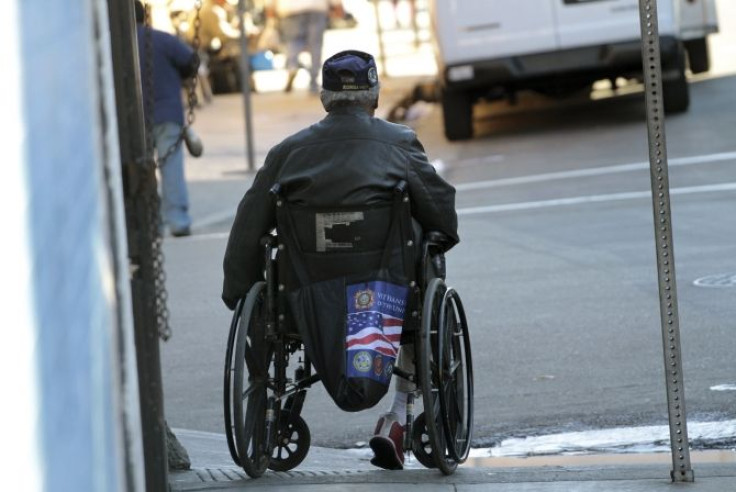New Research that Got Paralyzed Rats Sprinting Might Help Paralyzed Humans Walk

Researchers have found a way that enables paralyzed rats to walk and even sprint might help paralyzed people walk or at least recover some mobility in the future.
"This is the world-cup of neurorehabilitation. Our rats have become athletes when just weeks before they were completely paralyzed," said lead author of the study Grégoire Courtine, "I am talking about 100% recuperation of voluntary movement."
The rats were given electric simulation and a cocktail of chemicals. Researchers from University of Zurich and EPFL were working on the idea that instead of restoring the existing damaged pathway, they could induce another pathway in brain that could co-ordinate the limbs. They found that the electrochemical shock woke up the paralyzed spinal cord. The signals that enabled walking totally bypassed the damaged area of the spinal cord.
During the trails, the rats were attached to a harness and were made to walk on a treadmill. The harness provided balance to the rats and made them believe that they had a functioning spine.
"After a couple of weeks of neurorehabilitation with a combination of a robotic harness and electrical-chemical stimulation, our rats are not only voluntarily initiating a walking gait, but they are soon sprinting, climbing up stairs and avoiding obstacles when stimulated," said Courtine.
The brain is known to recover from minor injuries by sort of re-wiring itself, but the spinal cord generally shows very little plasticity. However, the present experiment was able to excite parts of the spinal cord to get the rats walking.
"This localized epidural stimulation sends continuous electrical signals through nerve fibers to the chemically excited neurons that control leg movement. All that is left was to initiate that movement," said Rubia van den Brand, co-author of the study.
Initially the rats were made to walk on a treadmill, but later they could walk even on normal floor to reach the target - a piece of chocolate.
"What they deemed willpower-based training translated into a fourfold increase in nerve fibers throughout the brain and spine -- a regrowth that proves the tremendous potential for neuroplasticity even after severe central nervous system injury," said Janine Heutschi, co-author of the study.
Human trials are expected to begin in a year or two at Balgrist University Hospital Spinal Cord Injury Centre in Zurich, Switzerland.
Researchers are working on a 9 million Euro project called NeuWalk a neuroprosthetic system that could help paralyzed humans.
National Spinal Cord Injury Statistical Center (NSCISC), reports that the incidence of spinal cord injuru is about 40 cases per million people in U.S. Spinal cord injuries are more likely to be seen in males of ages between 20 and 40 years.
The study is published in the journal Science.



























